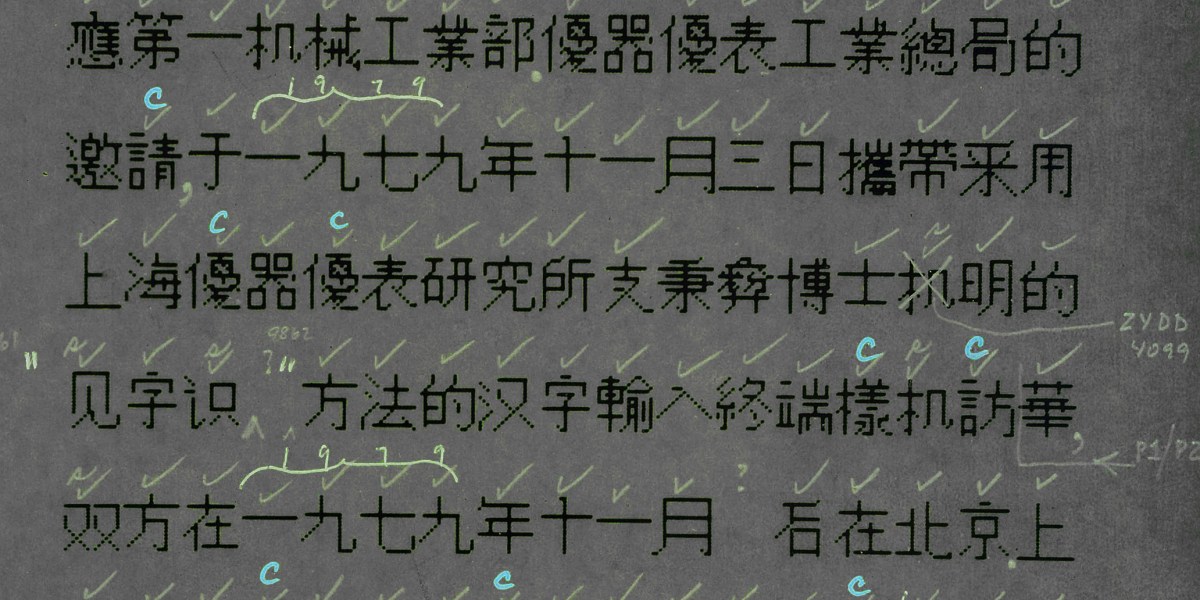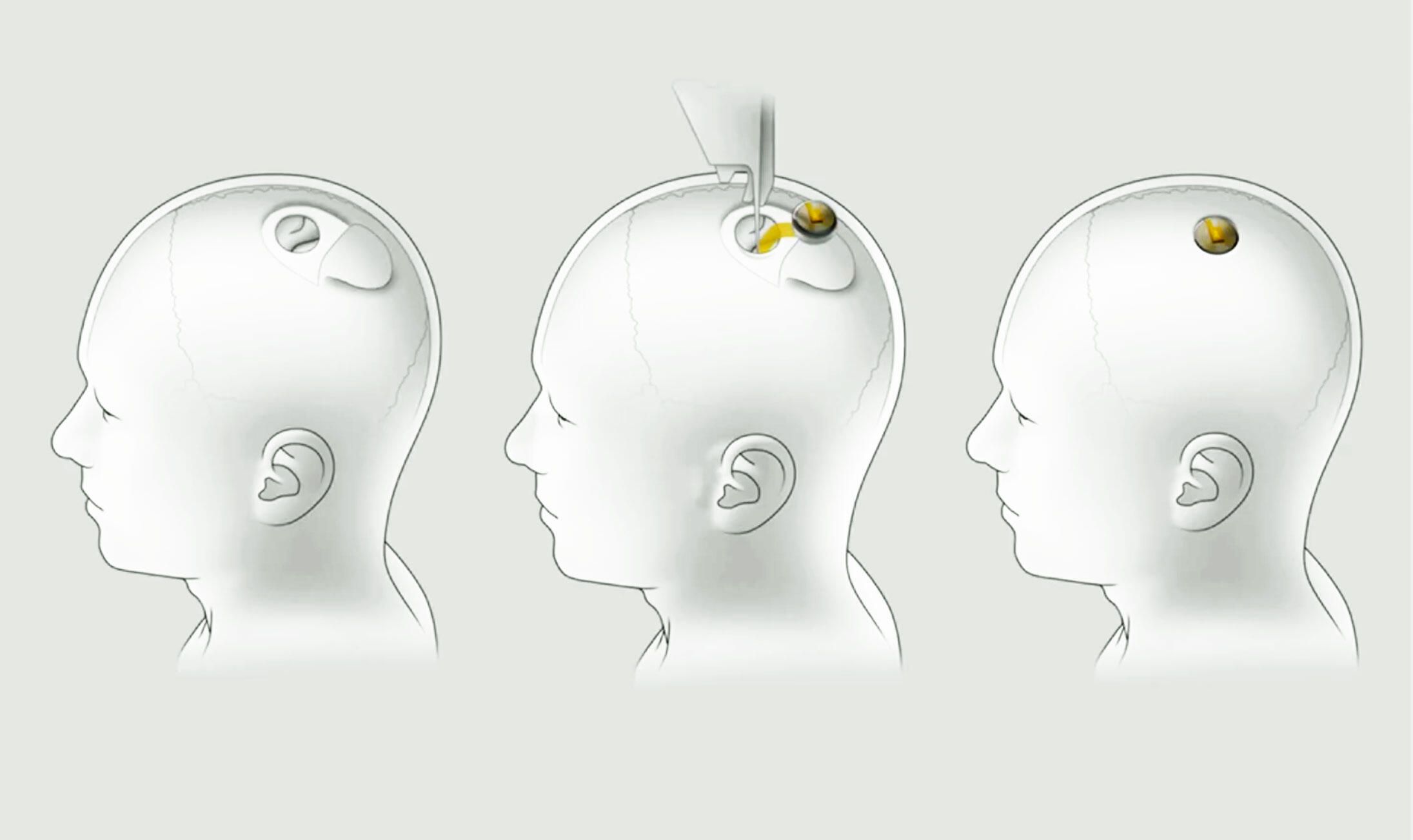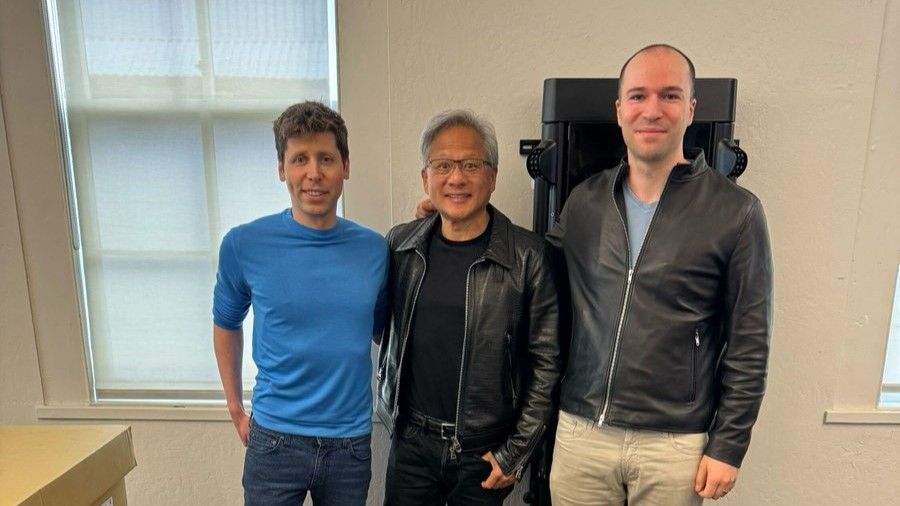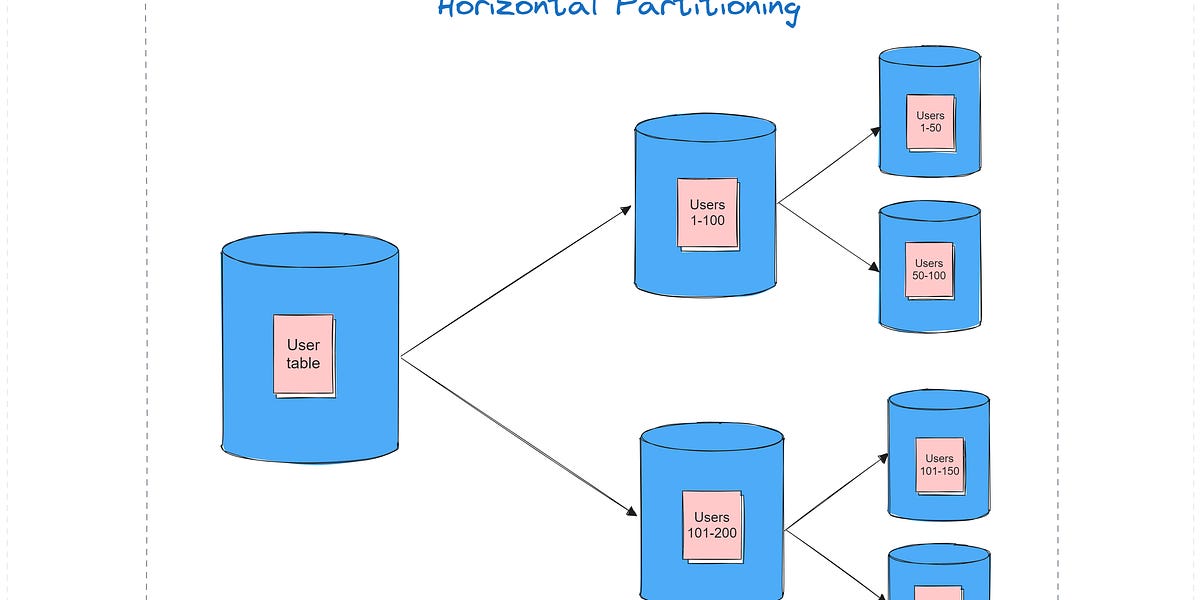
Behind the painstaking process of creating Chinese computer fonts
More than 40 years ago, designers drew and edited thousands of characters by hand to make it possible to type and print in Chinese.
Bruce Rosenblum switched on his Apple II, which rang out a high F note followed by the clatter of the floppy drive. After a string of thock thock keystrokes, the 12-inch Sanyo monitor began to phosphoresce. A green grid appeared, 16 units wide and 16 units tall. This was “Gridmaster,” a program Bruce had cooked up in the programming language BASIC to build one of the world’s first Chinese digital fonts. He was developing the font for an experimental machine called the Sinotype III, which was among the first personal computers to handle Chinese-language input and output.
At the time, in the late 1970s and early 1980s, there were no personal computers being built in China. So to make a “Chinese” PC, Rosenblum’s team was reprogramming an Apple II to operate in Chinese. His list of tasks was long. He had to program an operating system from scratch, since Apple II’s DOS 3.3 simply wouldn’t allow the inputting and outputting of Chinese-character texts. Likewise, he had to program the Chinese word processor itself, a job he worked on tirelessly for months.
While Gridmaster may have been a simple program, the task that it would be used to accomplish—creating digital bitmaps of thousands of Chinese characters—posed profound design challenges. In fact, creating the font for Sinotype III—a machine developed by the Graphics Arts Research Foundation (GARF) in Cambridge, Massachusetts—took far longer than programming the computer itself. Without a font, there would be no way to display Chinese characters on screen, or to output them on the machine’s dot-matrix printer.























